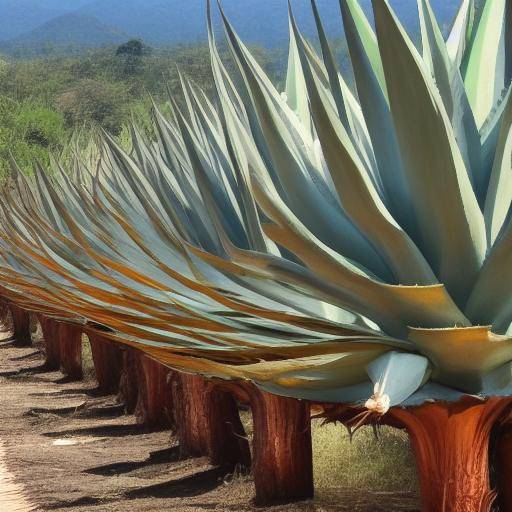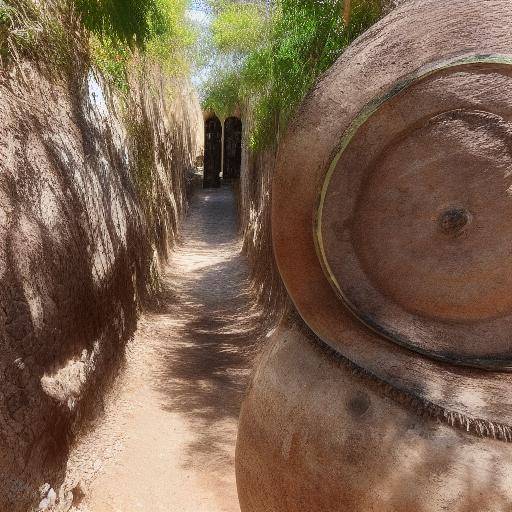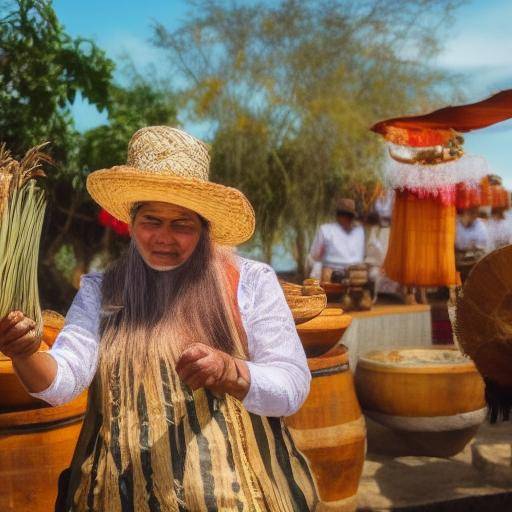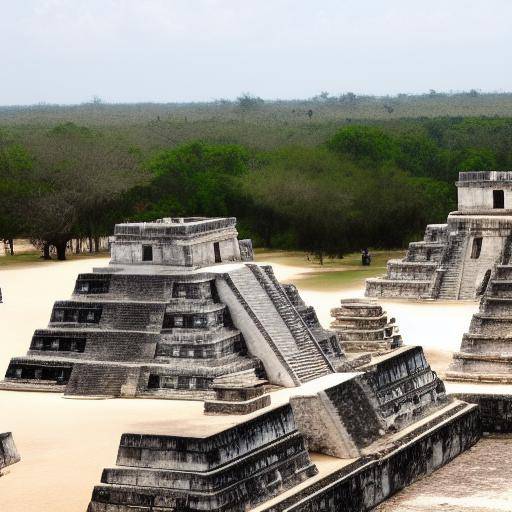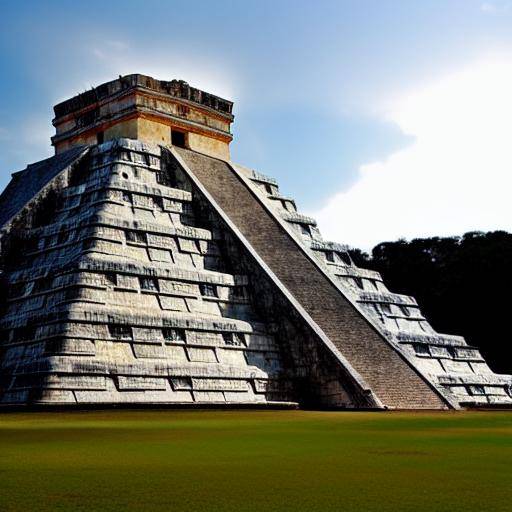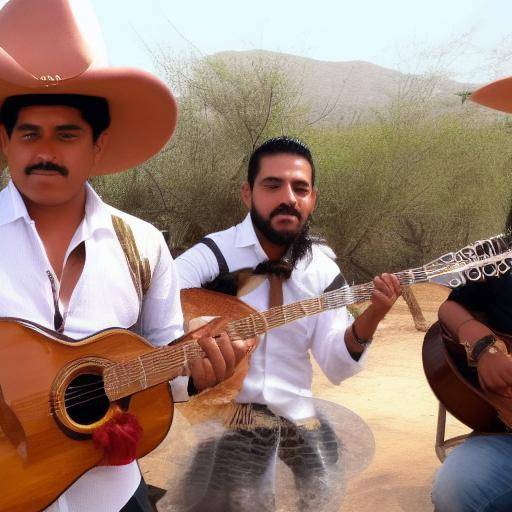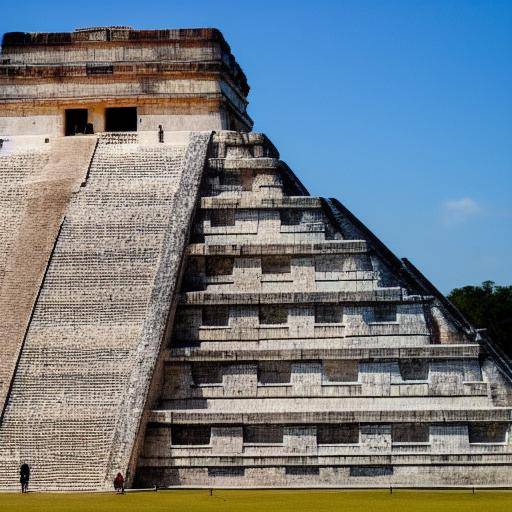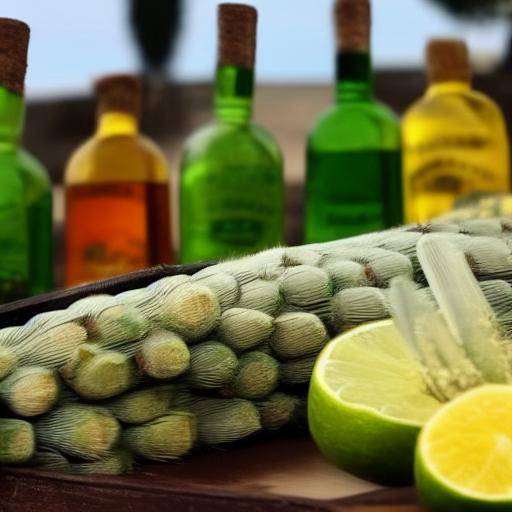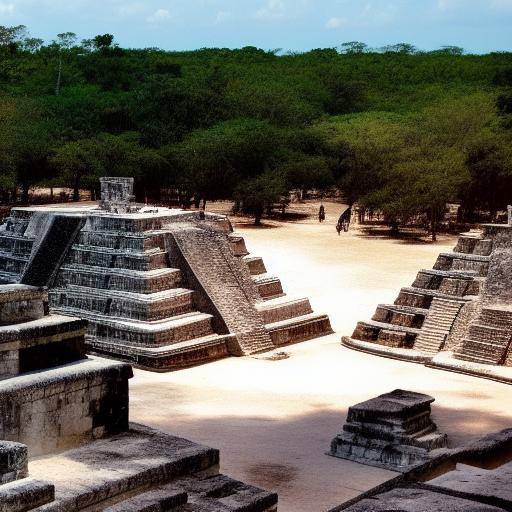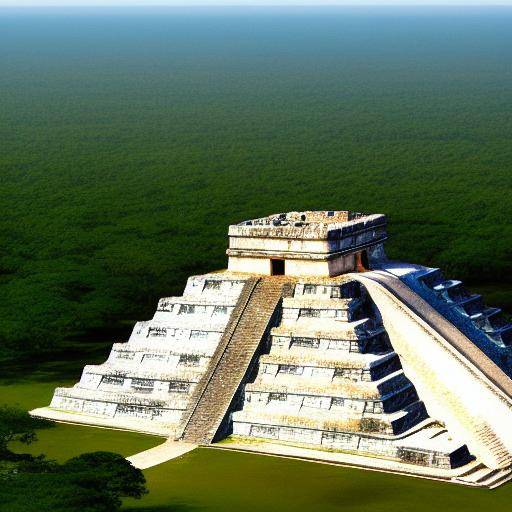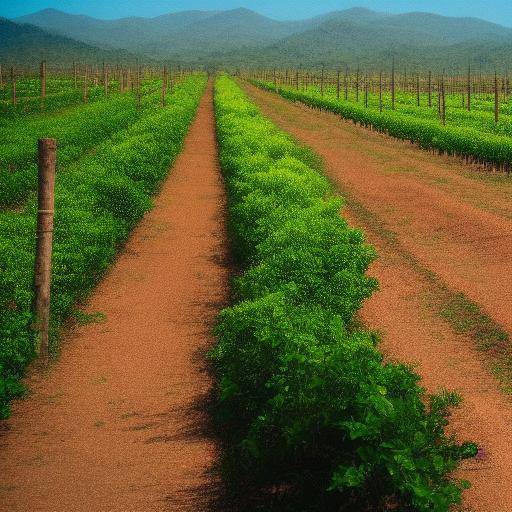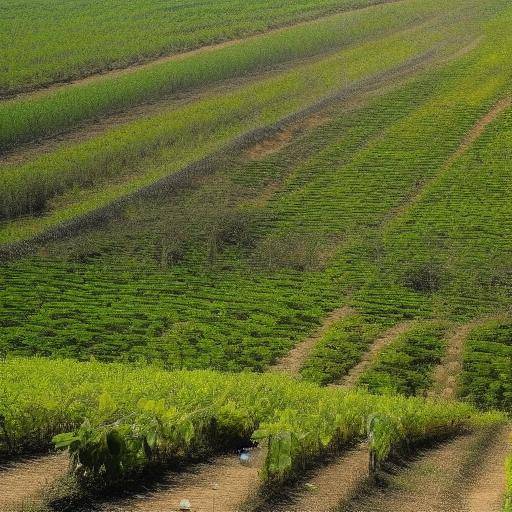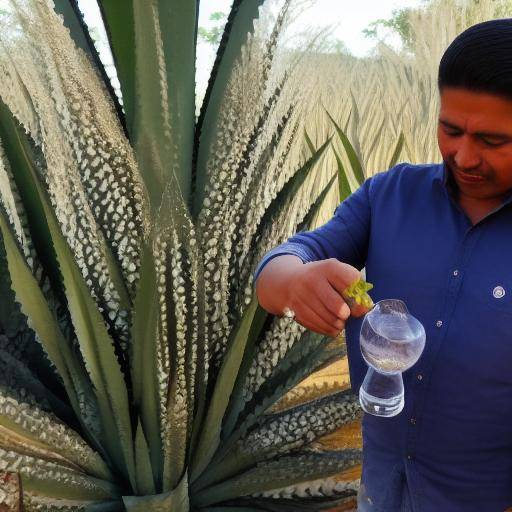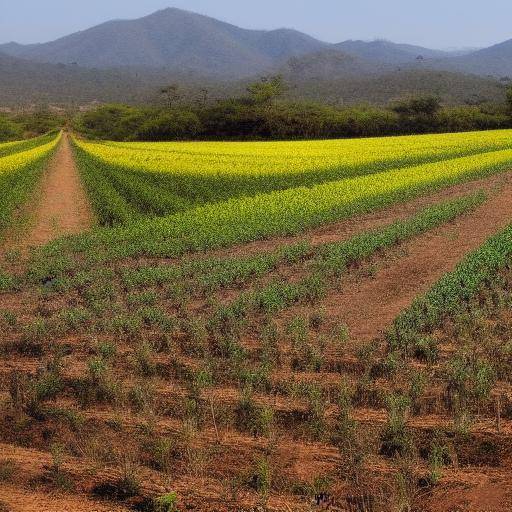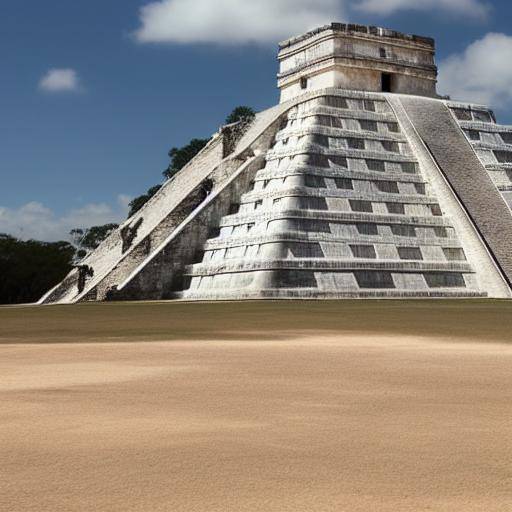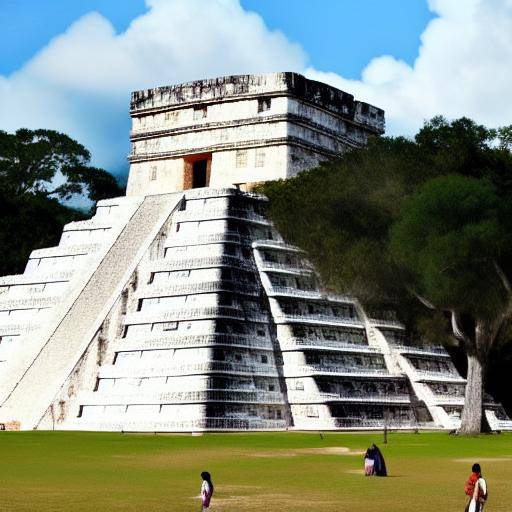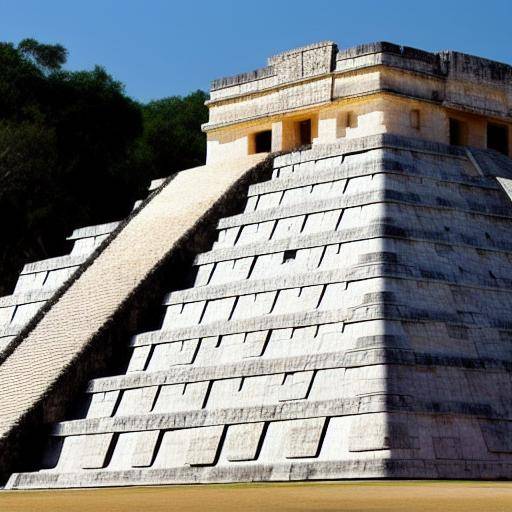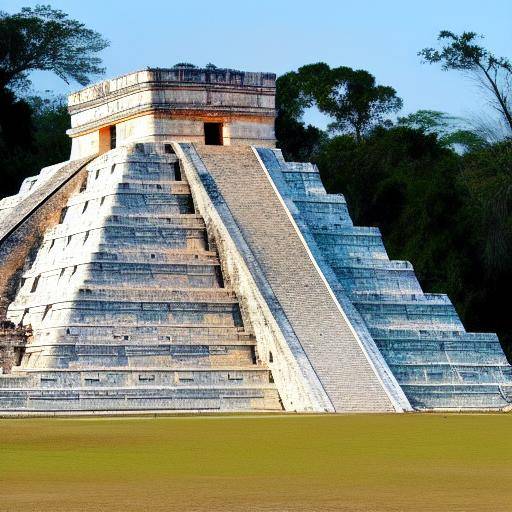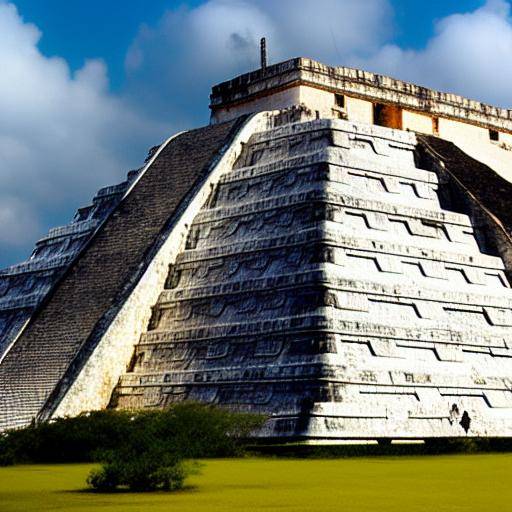
The ancient and majestic archaeological site of Chichen Itzá, located in the heart of the Yucatan Peninsula in Mexico, is an impressive testimony of the splendor of Mayan civilization. In this article, we will enter the wonders of Chichén Itzá, exploring its past, historical meaning and actuality, as well as its impact on Mexican culture and the world. From its intriguing architecture to its complex astronomical buildings, it discovers the richness of Chichen Itzá and its influence on the fascinating legacy of the Mayan ruins in Mexico.
Introduction
Located in the state of Yucatan, Chichén Itzá is one of the main tourist attractions of Mexico, recognized as a World Heritage Site by UNESCO. With its iconic image of El Castillo, the great pyramid staggered in the center of the ancient city, Chichen Itzá offers visitors a unique vision of the rich cultural heritage of the ancient Mayas. In this article, we will thoroughly explore the history, meaning and contemporary relevance of this archaeological site, as well as its connection to the Mayan ruins and the incredible history of Mexico.
History and Background
The legacy of Chichen Itzá dates back to the period of splendour of Mayan civilization, which flourished in the region from approximately 600 BC to 1200 AD. This advanced civilization built a network of prosperous cities-states, with Chichen Itza emerging as an important political, religious and economic center in the late classic period and the early postclassic era of Mayan history. The distinctive architecture of Chichén Itzá, which combines Mayan and Toltec elements, reflects its integral role in cultural exchange and trade in the region.
The architectural splendor of Chichen Itza is personified in El Castillo, also known as the Kukulkán Temple, a pyramid that serves as a ceremonial and astronomical calendar. The surrounding structures include the Temple of Warriors, the Ball Game and the Sacred Cenote, a natural well used for ritual purposes and sacrifices.
The decline of Chichén Itzá occurred around 1250 AD, following the collapse of other Mayan cities. The site was abandoned and remained covered by the jungle for centuries, until its rediscovery in the nineteenth century. Since then, Chichen Itza has been meticulously restored and preserved, becoming a lasting symbol of the greatness and complexity of Mayan civilization.
Deep analysis
The importance of Chichen Itzá transcends its historical and cultural relevance. In addition to its archaeological value, the site arouses a continuous interest among archaeologists, historians and academics who seek to understand the sophisticated Mayan society and its cultural achievements. The decoding of its monuments and the study of its complex social structure continue to provide valuable knowledge of ancient life in the region.
Today, Chichén Itzá is of significant importance in the tourist area, attracting visitors from all over the world to explore its impressive ruins and participate in the celebration of the spring equinox, which is manifested in the form of the famous light serpent descending from the pyramid of Kukulkán. This astronomical phenomenon illustrates the sophistication of Mayan knowledge in astronomy and mathematics.
Comprehensive review
The impact of Chichen Itza extends beyond its physical monuments. Its influence is remarkable in the contemporary culture of Mexico, where the traditions and history of the Mayas remain a fundamental part of the national identity. The preservation of Chichén Itzá and other Mayan archaeological sites is a priority for the Mexican government and local authorities, which recognize its value as a source of pride and a magnet for cultural tourism.
Comparative analysis
By comparing Chichén Itzá with other Mayan ruins in Mexico, its singularity and its importance as a cultural and religious epicentre are highlighted. Sites like Palenque, Tikal and Uxmal offer complementary perspectives of the Maya legacy, each with their own set of distinctive features and contributions to the understanding of this ancient civilization. However, the imposing scale and the architectural complexity of Chichén Itzá place it in a prominent position among the most outstanding Maya ruins.
Practical Tips and Accessible Tips
If you plan to visit Chichen Itza, it is important to be prepared for an enriching experience. Here are some practical tips to make the most of your visit:
- It arrives early to avoid crowds and enjoy the site with greater tranquility.
- It uses sun protection and carries enough water, as the weather can be hot.
- Hire a local guide for detailed information and specialized perspectives on the site.
Perceptions of Industry and Expert Reviews
Experts on archaeology and Mayan studies have stressed the importance of preserving and studying Chichen Itza in the context of the history of ancient civilizations. Their analysis provides an enriching view of the cultural complexity, social structure and religious beliefs of the ancient Mayas, as well as their lasting legacy in the history of Mexico and humanity in general.
Case Studies and Real Life Applications
The historical and cultural wealth of Chichen Itzá has generated interest and inspired numerous academic projects, documentaries and publications dedicated to its study and dissemination. These efforts have contributed significantly to the public knowledge of Mayan heritage and have promoted the active conservation of its monuments.
Future Trends and Predictions
As global awareness of the importance of preserving cultural heritage continues to grow, attention and support for Chichen Itzá and other similar archaeological sites are expected to intensify. In addition, the advance of archaeological research technology and techniques promise to reveal new aspects of Mayan history and culture, further enriching our understanding of this fascinating civilization.
Conclusions
The exploration of Chichén Itzá and the Mayan ruins in Mexico gives us a unique window towards one of the most intriguing and advanced civilizations of antiquity. As we immerse ourselves in this cultural legacy, we understand the depth of human ingenuity, cultural diversity and the importance of preserving the heritage of humanity. Chichen Itza transcends time and space, revealing the greatness and mystery of the Mayan ruins in the heart of Mexico.
Frequently asked questions
1. What is the best time to visit Chichen Itzá?
The best time to visit Chichen Itzá is during the low season, which usually coincides with the months of September to November. During these months, the crowds are smaller and the weather is cooler.
2. Is it safe to visit Chichén Itzá?
Yeah, it's safe to visit Chichen Itza. However, it is important to follow the standard safety guidelines, such as being aware of your personal belongings and following the indications of the tourist guides.
3. How long do you need to explore Chichen Itza completely?
Most of a day is usually enough to explore Chichen Itza in depth. This allows time to enjoy the different temples, observe architectural features and absorb the rich history of the site.
4. What other tourist attractions are there near Chichen Itzá?
In addition to Chichén Itzá, in the vicinity there are other places of interest, such as the ruins of Izamal, the Cenote Ik Kil and the colonial city of Valladolid.
5. Are there guided tours available in Chichen Itzá?
Yes, there are numerous tours that offer specialized guides that provide detailed information about the history and architecture of Chichén Itzá. Hiring a guide can significantly enrich your visit.
6. What is the meaning of the serpent of light during the equinox in Chichen Itza?
During the spring and autumn equinox, sunlight creates a visual effect on the pyramid of Kukulkán that resembles the descent of a snake, symbolizing the connection of the Mayan civilization with the astronomical worldview.
With these FAQs, we provide comprehensive answers to common questions to give readers a deeper understanding of Chichen Itzá and its environment.
In short, Chichén Itzá is not only an invaluable archaeological treasure, but also a symbol of the rich Mayan history and culture in the region. Its legacy endures as a lasting testimony of the greatness of the Mayan ruins in the heart of the Yucatecan peninsula, enriching our understanding of the past and present of Mexico. We invite all lovers of history, archaeology and culture to explore and appreciate the majesty of Chichen Itza, an eternal treasure that continues to inspire astonishment and admiration in the contemporary world.

